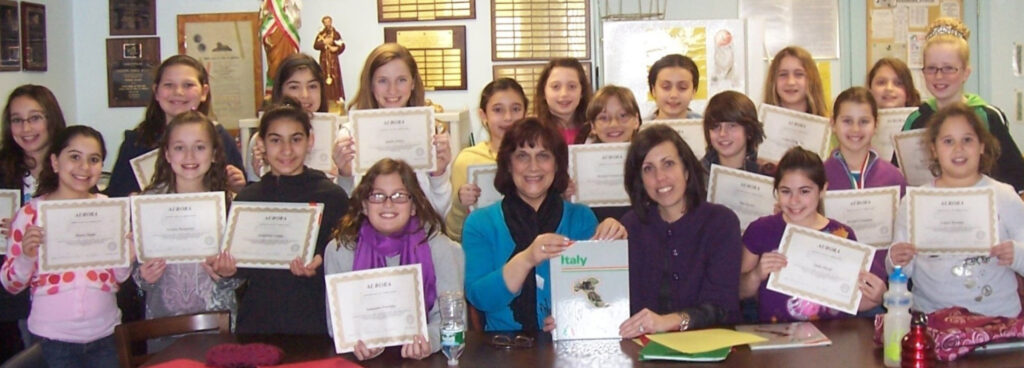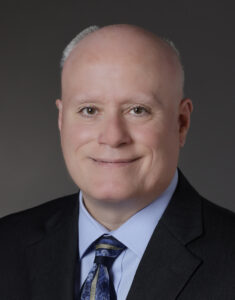I wish I knew how young Italian Americans think.
Admittedly, I grew up an oddball. My immigrant father spoke with a heavy accent and was raised under Fascism, coming here in 1930 at age 18. My American side was Italian American to the core: the old neighborhood, Brooklyn speech patterns, and of course cuisine. (I never had mayonnaise until I went to college.) Those were the days of Jimmy Roselli, Perry Como, Frank Sinatra, Dean Martin, and rockers like Frankie Avalon, Dion, and the Four Seasons. We had our own Italian world, even if you were in the suburbs, macaroni and pizza were staples. And of course, just about everyone had 100% Italian DNA.
I realized early on that friends or fellow students with Italian surnames were on a different trajectory than I. Italic guys at my suburban school were either ‘greasers’ with no academic future or Italian-in-name-only. That seems to be the case with Italian Americans as adults.
When our Institute developed the Aurora Youth Program, over 4,000 preteens (5th & 6th graders) attended our Saturday classes in the decade we operated it. The goal was to produce cultural awareness and create demand for Italian in public schools. Then, we were competing with Saturday morning cartoons and karate classes for the boys. Still, we managed to attract the boys with language prizes and pizza parties. The girls weren’t a problem until cell phones came along. Once they brought them to class, paying attention was only a suggestion.

I don’t know how the Aurora kids turned out after all these years but dealing with teens and young adults since then has been very disappointing. One of our goals at the Institute is to find out what’s going on in the minds of Italian America youth. Back in 2012 when we were suing Columbia University to retake some control of La Casa Italiana—the largest Italian cultural center in the nation, donated by the Paterno Family in 1927 and operated by Italian faculty and students until 1991—we were shocked to learn that there wasn’t even an Italian Club on campus. The irony was that a student Italian Club had conceived of the project and secured the donation fifty years earlier.
So what do young Italian Americans think about their heritage and the way America views it? A few months ago, a young student activist was featured on the cover of the Sons of Italy magazine. I contacted her by email – business and personal – to interest her in conducting a limited survey of high school and college students. I had 20 questions to ask them. Unfortunately, the activist did not respond to my emails even with an offer to pay her.
The survey includes questions about the students’ basic knowledge of Italy and their family roots. It asks if they ever saw The Godfather or other Mafia movies. (I’m hoping that these movies are ancient history among teens and young adults under 30 years old.) Finally, how do they view their heritage: as a large or small part of their self-identity, as a distant connection, as a source of pride, or as just a cuisine?
We consider such a survey to be very significant in understanding why all of our organizations are aging with precious little new blood waiting in the wings. Another concern is the future of Italian studies in the nation’s school systems.
We’ve been monitoring the Italian Language Advance Placement Test (AP) since 2015 when our national organizations and the Italian government paid $3 million to the College Board to establish the test. We had to guarantee that a minimum of 2,500 students would pay the College Board to take the test each year, or the test would be phased out. The 2024 results are not in yet, but last year only 2,027 took the test, 167 less than in 2022 and well below the 2,500 threshold. Clearly, Italian Language instruction is on a downward spiral. The Spanish AP test had 163,107 takers, the French test had 18,645, the German test 4,373, Japanese 3,089, and even Latin had 4,535 takers. And I suspect very few Italian American kids are taking Latin.
I’ll close with a plea for anyone out there with ties to a high school or college to help us conduct our survey. It might be an eye-opener. -JLM




During the depths of covid, I put an article in our local newsletter with a request for essays by young Italian Americans, regarding the importance of heritage . I even tried to sweeten the pot with a cash prize, I think $500, for the essay or even two….then publish them in our news letter….Was hoping too ,to enlist some relatives to get their grandkids to start conceptualizing about heritage…..after running the article for a couple of months I finally just let it lapse….no takers. So it became an “It is what it is moment” Outreaching to youth, perhaps $500 an essay was not enough, but in my world it still is a significant piece of change. Your comments reminded me of that experience. and engaging Italian American youth is a challenging task .
Assimilation: the heritage killer. At least for Italian Americans. We are so far removed from the original immigrants (some, like mine, going back three generations) that this was inevitable. The total lack of leadership over the decades certainly aided and abetted assimilation’s powerful effectiveness.
We belong next to the Jurassic Park dinosaurs. We are near-extinct.
Unlike them, our fossilized ethnic remains continue to be on auto-pilot–as the late Manny Alfano called them, the Five B’s: “Boors, bigots, bimbos, buffoons, bad guys.”
What a sad, sick legacy to leave children and grandchildren. Vergogna! (Shame!)
Bill
I believe that our progeny will always associate their partial Italian heritage with food, if not Al Capone, Tony Manero of Saturday Night Fever, Joey from Friends, and Ms Vito from My Cousin Vinny.
Be thankful that they will have such words as Pizza, Italian Bread, Italian Ice, and Pasta in all its shapes to remind them of our greatness.
This is an admirable cause that you are undertaking, however, unless one has pride in their heritage all efforts to attract young Italians will fail.
The way to have children of Italian descent, be proud of their heritage (and there is plenty to be proud of) is to require Italian heritage/culture be part of the curriculum starting from elementary school through high school and into the university level.
I just want to see how our image has filtered down to young people. I have no delusions of them replacing us.